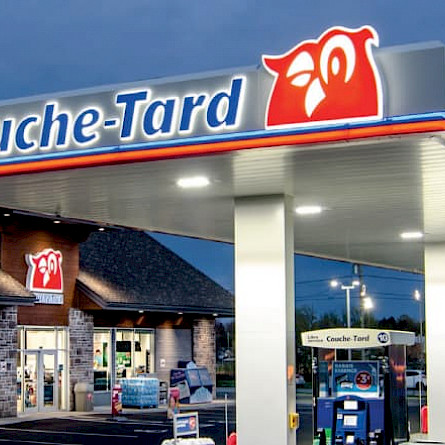For example, we have held Couche-Tard shares in our managed portfolios for many years. Most would agree that the company is a relatively conservative and low-risk investment. After all, with a market capitalization of over C$50 billion, it is one of the “blue chips” of the Canadian stock market. However, here is how its stock has evolved on the stock market over the last 12 months:

Source: FactSet
During the period, the stock hit a low of $36.03 in early 2021 (during the attempted acquisition of French company Carrefour) and a high of over $52.00 last August. There is a difference of more than $16, or 44%, between these two extremes. Note that these fluctuations took place long after the strong shockwaves caused by the COVID pandemic.
Another example: Over the past 12 months, Royal Bank stock, another great Canadian blue chip, has fluctuated between a low of $93.86 and a recent high of $131.15, a spread of almost 40%.
Whoever buys a home will likely not know the value of their investment until they make the decision to sell it, probably many years from now. Do you really believe that the market value of your home does not go up or down every day? If this security were to be listed on the stock exchange, I suspect that many homeowners would regularly panic and be tempted to sell their homes at the worst possible time.
The same goes for investments in private companies. If publicly traded, the shares an entrepreneur owns in their small family business or farm would likely fluctuate a lot, probably a lot more than those of large publicly traded companies such as Couche-Tard.
This is just as true of the private investments that pension funds make, whether in real estate, infrastructure, or forest land. Just because these investments are appraised by third parties on an annual basis does not mean that their value does not fluctuate greatly over the course of a year.
Investing in assets whose value is not immediately available doesn’t mean you take less risk. Often it is the exact opposite. Investing in a small corporate business or taking minority stakes in small private companies is arguably much riskier than a well-diversified portfolio of publicly traded companies. The difference is you can’t see the fluctuation in their value.
In my opinion, this is the great paradox of the stock market: because stock prices are visible at almost any moment of the day, one gets the impression that the stock market is very risky. The high liquidity of stock market investments is both its main advantage and its biggest drawback!





